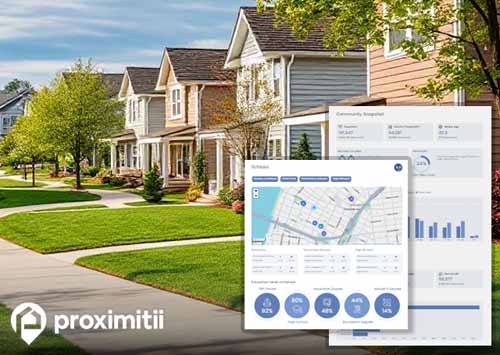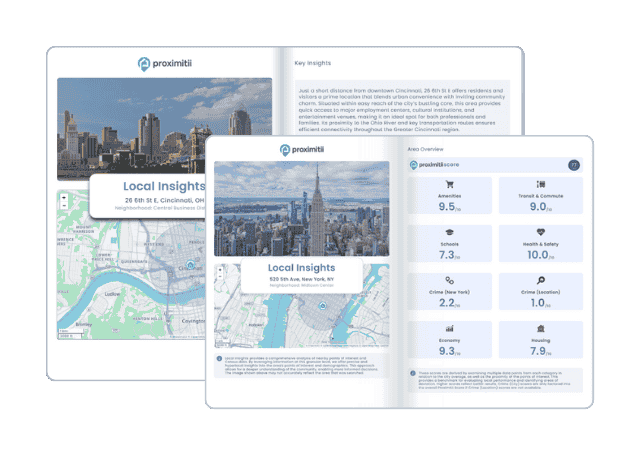| Statistic | Reportedincidents | /100k people | Broken Bow/100k people | Nebraska/100k people | National/100k people |
| Total crime | 8 | n/a (estimate) | 225 | 1,847 | 2,119 |
| Murder | 0 | n/a | 0.0 | 2.1 | 5.0 |
| Rape | 1 | n/a | 28.2 | 43.5 | 37.5 |
| Robbery | 0 | n/a | 0.0 | 20.5 | 60.6 |
| Assault | 2 | n/a | 56.3 | 154.5 | 256.1 |
| Violent crime | 3 | n/a (estimate) | 84 | 221 | 359 |
| Burglary | 1 | n/a | 28.2 | 155.1 | 229.2 |
| Theft | 4 | n/a | 112.6 | 1,218.9 | 1,272.1 |
| Vehicle theft | 0 | n/a | 0.0 | 252.6 | 258.8 |
| Property crime | 5 | n/a (estimate) | 141 | 1,627 | 1,760 |


Crime is typically categorized into two main types: violent and property crimes. Violent crimes encompass offenses such as murder, rape, robbery, and assault, while property crimes include burglary, theft, and vehicle theft. Based on the most recent report, the Broken Bow crime rate is lower than the national average by 93.8%. Specifically, there were 1 violent crimes in Broken Bow, equivalent to 29 per 100,000 individuals, lower than the national average by 92.2%. Furthermore, Broken Bow recorded 4 property crimes, amounting to 116 per 100,000 residents, which was lower than the average by 94.1%.
With a crime rate of 145, significantly below the national average of 2324, Broken Bow stands out as one of the safest places to reside in the United States. This distinction is primarily attributed to the calculation of total crimes, which encompasses both violent and property crimes per 100,000 residents.
Broken Bow distinguishes itself with one of the lowest violent crime rates in the U.S., reporting a mere 29 violent crimes per 100,000 people. This achievement firmly establishes Broken Bow among the safest cities in the nation, rendering it an alluring choice for those seeking a new place to call home.
In a remarkable testament to the city's commitment to safety, Broken Bow reported a murder rate of 0. This could indicate that it is a very safe place to live, but also serves as an inspiration to other urban areas striving for safer communities. Examining the full crime report will provide a complete overview of all crimes - violent and property.
Property crime rates per 100,000 individuals have exhibited a consistent decrease of about 50% since 1990, with a minor upturn observed in recent years. According to the latest crime data, Broken Bow maintains a property crime rate of 116 incidents per 100,000 people, significantly below the national average of 1954. This serves as a strong indication of the status of Broken Bow as a secure and desirable place to reside, emphasizing its commitment to safety and well-being within the community.
The United States faces a global challenge with vehicle theft rates, averaging around 300 incidents per 100,000 individuals. Interestingly, only a limited proportion, approximately 10%, of cities have been fortunate enough to not report any stolen vehicles. In the latest crime report, Broken Bow was among these cities, with no reported vehicle thefts, reaffirming its commitment to safety and security.
Is Broken Bow a safe place to live? While the answer may not be straightforward due to variations in safety levels across the city, gaining an understanding of the overall crime rate can prove to be advantageous. In general, Broken Bow has a crime rate that is lower than the national average by 94%. Breaking this down on a daily basis, it translates to 0.01 daily incidents, encompassing 0 violent crimes and 0.01 property crimes. Evaluating these statistics can aid in forming a more informed perspective on the safety of Broken Bow as a potential place to call home.
Examining year-over-year crime data provides insights into short-term trends with regards to the crime activity in Broken Bow. This analysis involves comparing crime rates from one year to the next, enabling the identification of patterns and fluctuations in crime. Such information proves invaluable to residents seeking to make well-informed decisions about their choice of residence. In the most recent year, compared to the previous one, total crime in Broken Bow has decreased by 37.5%. Specifically, violent crime has decreased by 66.7%, while property crime has decreased by 20%. This data empowers individuals with a clearer understanding of the evolving safety landscape in Broken Bow.
Limited employment opportunities or a prevalence of low-wage jobs can result in higher rates of unemployment and underemployment. Regions where individuals grapple with joblessness or meager wages may exhibit greater vulnerability to an uptick in crime due to financial instability. While areas that have strong employment rates, often will see a reduction in overall crime. Broken Bow, for instance, reports an unemployment rate of 1.8%, which differs from the national average of 4.7%.
The effectiveness of law enforcement and community policing initiatives can influence crime rates. A strong and collaborative relationship between the police and the community can deter criminal activity and improve safety. In Broken Bow, there are 1.96 police officers and civilians per 1,000 residents, compared to the national average of 3.25. The effectiveness of law enforcement often depends on community policing strategies that emphasize building trust and cooperation between the police and the community. It's not just about the number of officers but also how they engage with the community.
High rent costs can create economic stress for individuals and families, particularly those with limited financial resources. When a significant portion of one's income is spent on housing, there may be less money available for other essential needs such as food, healthcare and education. Economic stress can contribute to desperation and potentially lead individuals to engage in criminal activities, such as theft or fraud, as a means of financial survival. Average rent rates in Broken Bow are $664, compared to a national average of $949 per month.

Why stop at city-to-city? With Local Insights, you can compare neighborhoods, zip codes, or even exact addresses. Access 300+ hyperlocal data points—from schools and crime to housing and amenities—to see which area is the better fit.

| Item | Broken Bow | Nebraska | National |
| Law enforcement employees (officers & civilians) | 7 | 2,523 | 558,732 |
| Police officers & civilians /1000 residents | 2.0 | 2.1 | 3.3 |
| State | Total offenders | Nebraska /100K | National /100K |
| Nebraska | 6,070 | 345 | 266 |
| City | Population | Violent crime/100k people | Property crime/100k people | Total crime/100k people |
| Callaway, NE | 541 | 252 | 1,866 | 2,118 |
| Anselmo, NE | 129 | 265 | 1,958 | 2,223 |
| Merna, NE | 345 | 271 | 2,007 | 2,279 |
| Ansley, NE | 568 | 283 | 2,093 | 2,376 |
| Berwyn, NE | 95 | 312 | 2,308 | 2,620 |
| Broken Bow, NE | 3,503 | 84 | 141 | 225 |
| City | Population | Violent crime/100k people | Property crime/100k people | Total crime/100k people |
| Lyons, KS | 3,504 | 144 | 923 | 1,068 |
| Pelham, GA | 3,502 | 586 | 2,725 | 3,311 |
| Red Bud, IL | 3,504 | 0 | 241 | 241 |
| Valley Green, PA | 3,504 | 114 | 664 | 778 |
| Lavon, TX | 3,504 | 226 | 1,670 | 1,895 |
| Broken Bow, NE | 3,503 | 84 | 141 | 225 |